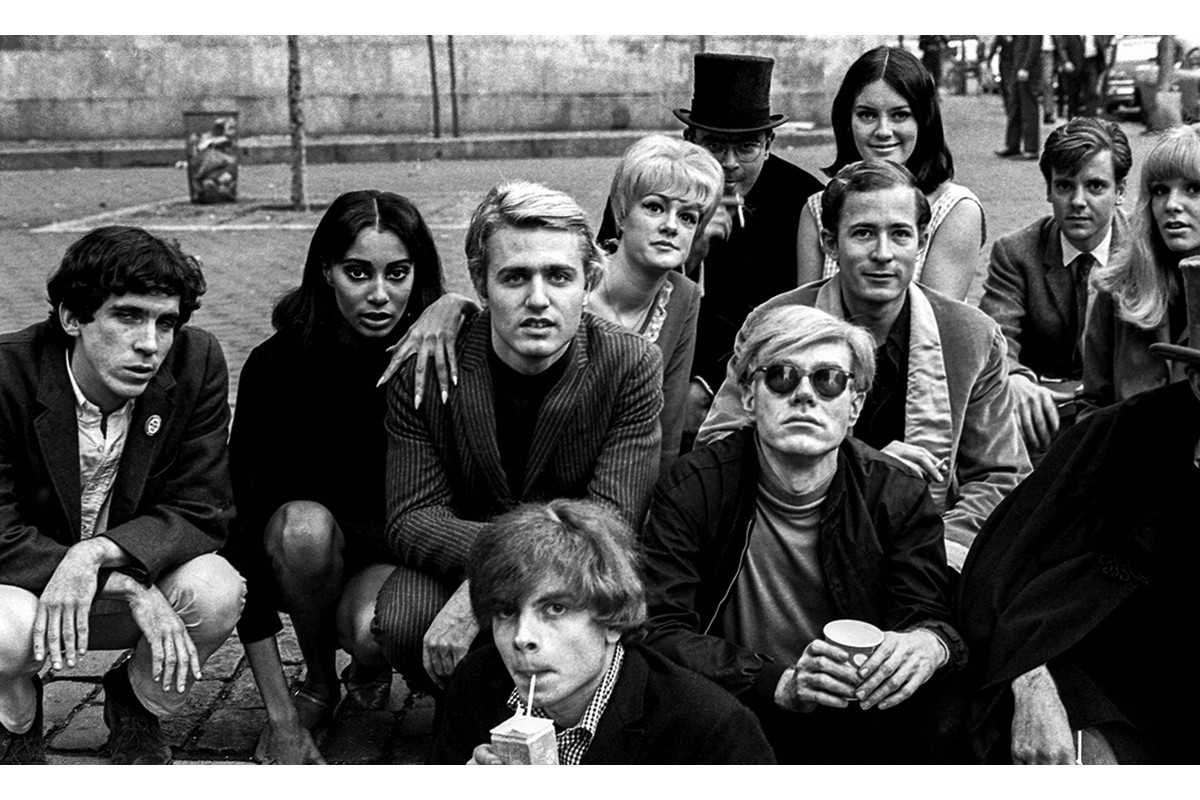[ad_1]
There is an array of texts written about various aspects of Andy Warhol’s practice in the context of the 1960s subculture and wider social and political circumstances of the American era during that time. However, the artifacts which truly preserved the capture moments of the social circle surrounding Warhol are indeed photographs. The iconic Pop artist was a devoted photographer himself, but there were also other authors present and one of the most celebrated is Nat Finkelstein.
Namely, this interesting character appeared suddenly and during the course of three years he shot the happenings taking place at the Silver Factory which was at the time a central hot spot for all sorts of marginal, socialites, as well as celebrities. These incredible images are currently on display at the Proud Galleries within an exhibition titled Out of Warhol’s Orbit: Photographs by Nat Finkelstein.
About Nat Finkelstein
During the 1950s, Nat Finkelstein worked as an intern for Alexey Brodovitch, who was a legendary Harper’s Bazaar Art Director and was engaged as a photographer for LIFE magazine and Sports Illustrated. In 1962, Finkelstein was commissioned by Pageant magazine to do a coverage on the emerging Pop Art movement. Under the title What happens at a Happening? the article covered the happening by Claes Oldenburg in Greenwich Village; while partying at the Factory two years later Finkelstein met Andy Warhol, who saw his Pageant photographs of Oldenburg’s happening. The photographer offered his services to the artist; he practically became part of the crew at the Factory, and so his featured figures such as Edie Sedgwick, Salvador Dalí, the Velvet Underground, Bob Dylan, and others.
The rebellious spirit of that environment apparently inspired Finkelstein – he became politically active and helped organize anti-war demonstration and civil rights rallies. In 1969, the photographer was prosecuted for an old drug case, and so he fled the United States. It wasn’t until 1982 that Finkelstein returned to the country when he became involved with the punk scene. He was apparently enchanted with the subculture, so during the 1990s, he shot the rave scene in London and Amsterdam, as well as the iconic New York club kids.
The Installment
Finkelstein’s photographs made in The Factory differ in approach meaning that he shifted from photojournalism to fine art. However, all of them reflect his outstanding ability to capture the personality of the portrayed subject and not just that – the images represent the spirit of the cultural revolution which reformed American society. Some of the highlights include unique signed prints of Andy Warhol and ‘the Factory Girl’ Edie Sedgwick and screen tests of a young Bob Dylan.
Nat Finkelstein at the Proud Galleries
After Nat Finkelstein passed away in 2009, his wife Elizabeth founded the Estate of Nat Finkelstein to continue representing his work and maintaining his creative legacy. Finkelstein’s iconic images were featured on licensed products by various companies in collaboration with the Andy Warhol Foundation, and his photos were displayed in numerous institutions across the country and abroad.
In and Out of Warhol’s Orbit: Photographs by Nat Finkelstein will be on display at the Proud Galleries in London until 9 June 2019.
The following list includes six images which encapsulate the photographers perception of The Factory and the 1960s New York scene.
Featured image: Nat Finkelstein – Andy Warhol with Group at Bus Stop, New York, 1966 © Nat Finkelstein Estate. All images used are courtesy of Proud Galleries © Nat Finkelstein Estate
[ad_2]
Source link

